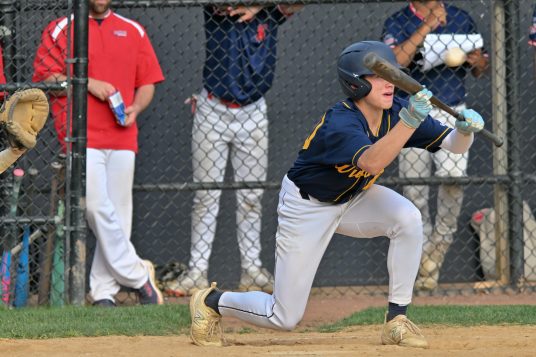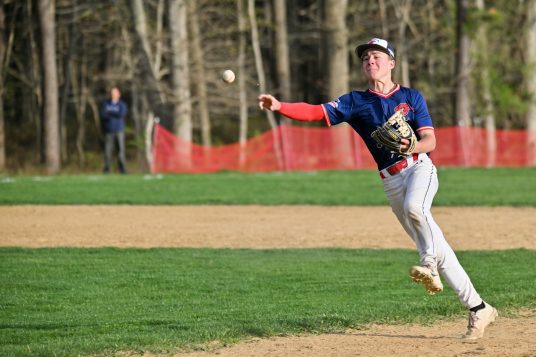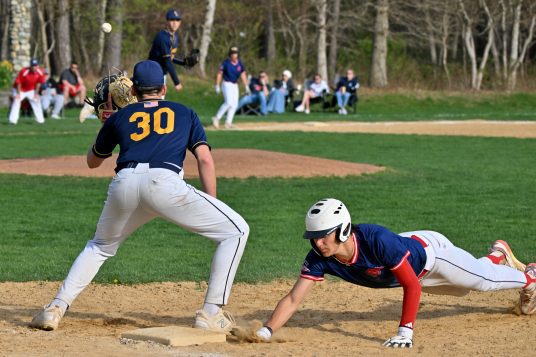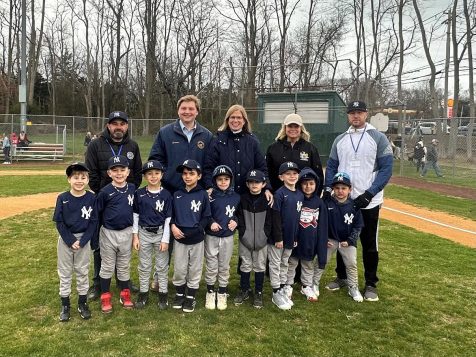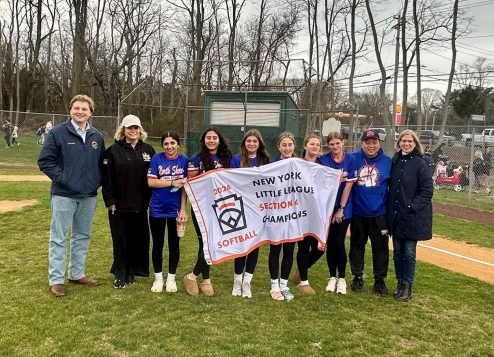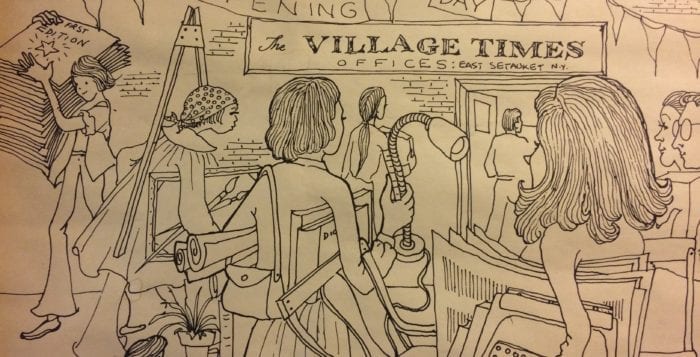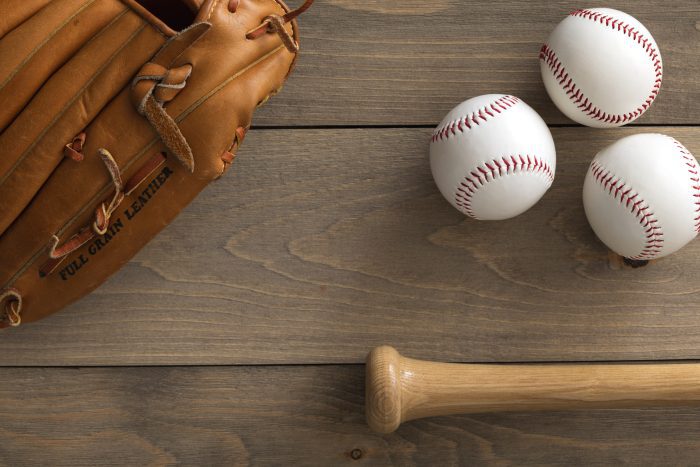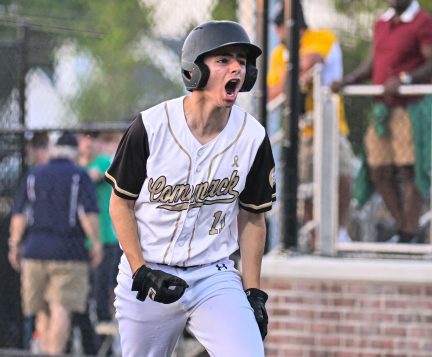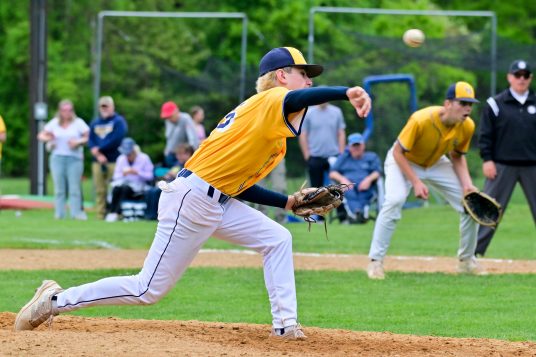By Daniel Dunaief

Why do we go to baseball games? Oooh, pick me! Pick me! I can answer. Of course you can. You’re writing this piece. Okay, let’s talk about the appeal of baseball.
First of all, there’s the potential for anything baseball related to happen. I might see a triple play, a no hitter, a perfect game, four home runs in a row, eight consecutive strike outs, or something other collections of fans have either never seen or rarely witnessed.
We recently attended a minor league game in which two runners scored on a sacrifice fly to deep center field.
Baseball is an endless series of what-if moments, as in, what if the batter hits the ball to third base with runners on first and third and one out. Is it hit hard enough for a double play based on the speed of the runners, the score at the time, and the movement of the runner on third?
The combination of athleticism and strength bring different qualities to the game. Sure, people who are big and muscular can hit a ball hard, but can they get a good jump when they’re running from first or second base, can they cover a larger strike zone, and can they be satisfied with a single or double instead of a towering home run?
Then, there’s the aesthetic appeal of the stadiums, with bright lines going out from home plate to the outfield, defined base paths, and a shimmering outfield grass (if it’s real grass), where fleet-footed fielders race to track down balls.
Two questions immediately occur to me as I reach my seat. The first is how good the view is relative to the field. Can I see pitches clearly? Can I track balls from home plate to all parts of the field?
The second is whether I’m in prime foul ball territory. Admittedly, that’s a tougher question to answer, especially with all the screens that have now gone up around the infield.
There is something about balls flung from these fields of dreams that imbues them with a power far in excess of their raw materials. Is it the perfect weight in our hands? Is it the feel of the gently raised seams? Or, perhaps, it’s the combination of the white hard outer layer, the red seams, and the blue from the logo, the official major league baseball lettering and the signature of current commissioner Robert Manfred, Jr.
Sure, free stuff in general is fun to catch, but something about these baseballs makes bringing them home particularly rewarding, giving us a physical connection to the game.
Maybe it’s the stories we can tell about how the baseball came from a particular hitter or a specific game. Or maybe the balls, like the game itself, contain within them the power of the what-if.
Have you ever seen people after they’ve caught a ball at a game? They can’t help smiling, often examining it closely, as they look for where a bat struck it or where it rolled across the grass or dirt.
Tossing a ball to a particularly vociferous or angry fan could serve as a pacifier. Yeah, your team is losing by 12 runs, and yes, you could have done a better job at everything because you’re that much more knowledgeable about the game than everyone else, but you have a baseball in your hand. How cool is that?
The balls from America’s pastime are like us. They may have similar qualities or look and feel the same, but they can and will be unique in and of themselves and as a part of a game. They could be the central part of a double play, the main character soaring through the air on a walk off home run, or the 18th pitch of a tremendous 21 pitch at bat.
These balls carry magic and hope.
And, yes, if you’re wondering why I’m so rhapsodic, I caught a ball at the aforementioned minor league game. A third base coach knocked down a foul ball and tossed it directly at me in the stands. When I caught it, I handed it to my daughter, excited to share this small piece of baseball and personal history with my family and now with you. It’s just a ball and yet it’s so much more.








